Posted on 2/28/2025
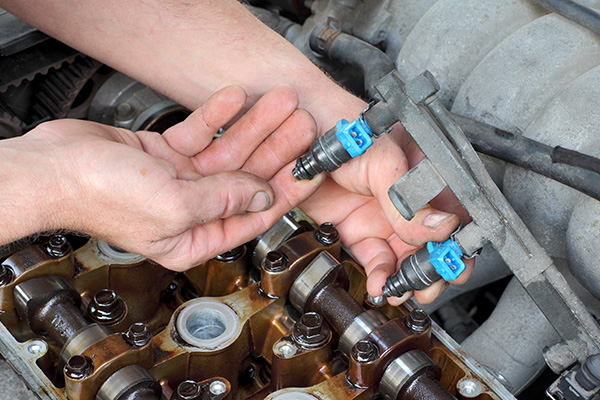
Fuel injectors are essential for delivering the right amount of fuel to your engine, keeping your car running efficiently and performing at its best. But as time passes, dirt, carbon buildup, and old fuel can clog them, leading to rough acceleration, poor fuel economy, and other frustrating issues. Ignoring these warning signs could mean bigger engine problems down the road—so how can you tell when it’s time for a cleaning or replacement? 1. Rough Idling or Engine Stalling A smooth idle is a sign of a well-balanced fuel-air mixture. But if your fuel injectors are clogged, they may not be delivering enough fuel, causing the engine to idle roughly or even stall unexpectedly. If your car feels shaky or struggles to stay running at stoplights, your injectors could be partially blocked. 2. Poor Acceleration and Sluggish Performance A clogged fuel injector can disrupt the flow of fuel, making your car feel slow to respond when you press the g ... read more
Posted on 1/31/2025

Your vehicle’s tires are very important for safety. Yet, they’re often overlooked until a problem arises. Driving on bald tires—tires that have worn down to minimal tread depth—can pose serious safety risks. Whether you’re navigating snowy streets or simply commuting on dry pavement, worn tires compromise your vehicle's performance and your safety. Let’s explore the dangers of bald tires and why promptly addressing the issue is crucial. Reduced Traction on Wet Roads One of the most significant risks of bald tires is reduced traction, especially on wet or slippery roads. Tires are designed with grooves to channel water away and maintain contact with the road. When the tread wears down, this ability diminishes, leading to an increased likelihood of hydroplaning. Hydroplaning occurs when a layer of water builds between the tire and the road surface, causing the vehicle to lose grip. Without adequate tread, y ... read more
Posted on 12/20/2024
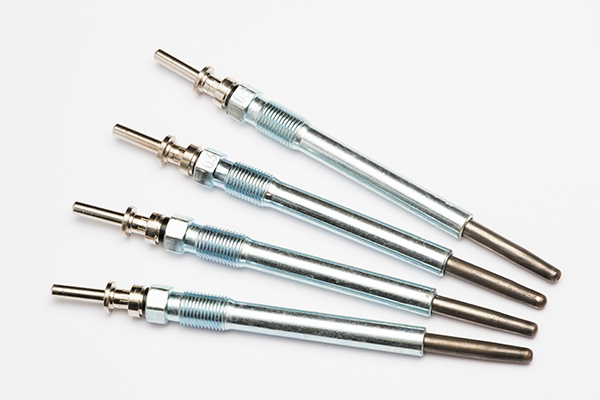
Ever struggled to start your diesel engine on a cold winter morning? It’s a common issue that can frustrate many drivers, especially during Denver, CO’s frosty months. Diesel engines are incredibly reliable in most conditions, but when temperatures drop, they can become stubborn to crank. Let’s see why this happens and what you can do to keep your diesel engine running smoothly during winter. Diesel Engines and Cold Starts Diesel engines operate differently from their gasoline counterparts. Instead of relying on spark plugs to ignite the fuel, diesel engines use compression to generate heat and ignite the air-fuel mixture. This process works well in warmer weather, but when the temperature plunges, the compressed air inside the engine may not get hot enough to ignite the fuel. Another factor is diesel fuel itself. Unlike gasoline, diesel is prone to gelling at low temperatures. This happens because the paraffin wax in diesel begins to solidify when ... read more
Posted on 11/29/2024

Winter driving comes with its fair share of challenges. From icy roads to freezing temperatures, your car works overtime to keep you safe and comfortable. But have you ever considered how those cold conditions impact your engine? Using the right motor oil can make all the difference, and that’s where synthetic oil shines. Let’s explore why synthetic oil is a game-changer for your car during the winter months. What Makes Synthetic Oil Different First, let’s see what synthetic oil actually is. Unlike conventional oil, which is derived from crude oil, synthetic oil is chemically engineered. This means it’s designed to offer better performance and protection for your engine, especially in extreme temperatures. Synthetic oil is formulated with fewer impurities and more stable molecules, giving it an edge in both high and low-temperature conditions. But why does that matter? When winter hits, the temperature drop can cause conventional oil to thick ... read more
Posted on 10/31/2024
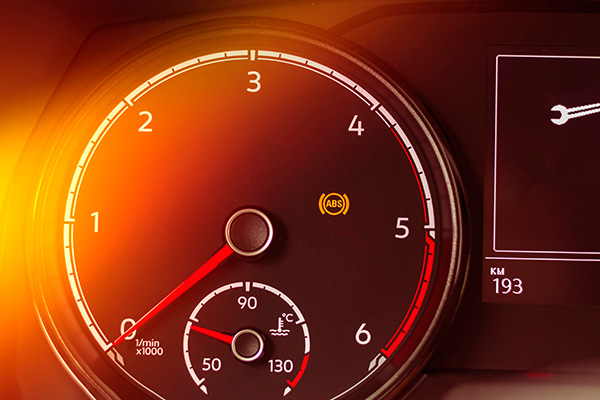
Did your car's ABS light pop up on the dashboard? It can be a bit alarming, especially if you’re unsure what it means. The ABS (Anti-lock Braking System) light is a warning indicator that something is wrong with the braking system, which is designed to prevent your wheels from locking up during sudden stops. While this light doesn’t mean your brakes are about to fail, it’s definitely a sign you shouldn’t ignore. What Does the ABS Light Mean ABS, or Anti-lock Braking System, is a safety feature in modern vehicles that prevents the wheels from locking up under hard braking. This helps maintain steering control and reduces the chances of skidding, especially in wet or slippery conditions. The ABS light signals that the system has detected an issue when it comes on. While your regular brakes will still function, the ABS itself may be compromised, leaving you without the added safety feature. Common Reasons for the ABS Light to Come On ... read more
Posted on 9/27/2024

Breaking down on the road is no one’s idea of a good time, but it happens. Being stuck can feel overwhelming, whether it's a flat tire, engine trouble, or something else entirely. When you're stranded and need a tow, you will need to prepare your car. Not only does it make things easier for the tow truck driver, but it can also prevent further damage to your vehicle. Turn on Your Hazard Lights Immediately When you realize something’s wrong with your car, your first course of action is to make sure you and your vehicle are visible to others on the road. Switch on your hazard lights the moment you realize you’re having car trouble. Hazard lights signal to other drivers that you are dealing with an emergency. This is particularly important if you’re stuck in a high-traffic area or on a highway. Staying visible ensures other ... read more
Posted on 8/30/2024
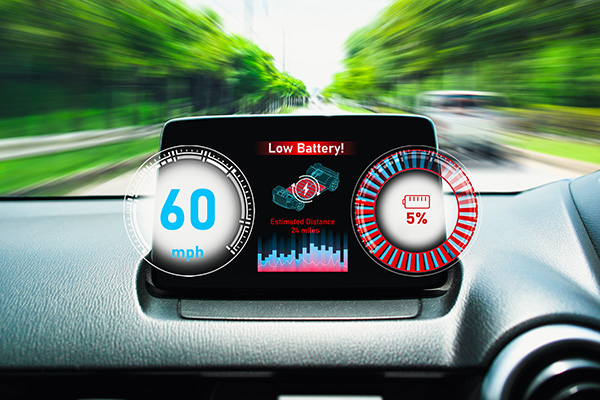
Electric vehicles (EVs) have revolutionized the way we think about driving. With zero emissions, lower operating costs, and cutting-edge technology, they are the future of transportation. However, one concern many EV owners share is range anxiety—the fear of running out of battery before reaching a charging station. While modern EVs offer impressive ranges, every driver wants to squeeze out a few extra miles. So, how can you extend the range of your electric vehicle? We'll share some practical tips that can make a significant difference in your EV's range and overall efficiency. Understand Your EV's Capabilities Before you start making adjustments, it's crucial to understand your electric vehicle's capabilities. Each EV model has a specific range, battery capacity, and energy consumption rate, which can vary based on factors like driving style, terrain, and weather conditions. Familiarizing yourself with these details will help you make info ... read more
Posted on 7/26/2024

We've all been there—you start your car, and the check engine light doesn't turn off, or even worse - it keeps flashing on the dashboard. It's a moment that sends a shiver down your spine and raises a thousand questions. Is it serious? Should you drive or call a repair shop immediately? The truth is, a flashing check engine light is something you shouldn't ignore. Let's explore why this happens and what steps you should take to ensure your safety and your car's well-being. What is the Check Engine Light for The check engine light is part of your car's onboard diagnostics system. When it comes on, it means that the vehicle's computer has detected an issue with the engine or its components. This light can either be steady or flashing, and the distinction is paramount. A steady light indicates a minor problem, but a flashing light signals a severe issue that requires immediate attention. Common Causes of a Flashing Check En ... read more
Posted on 6/27/2024

One of the most common causes of engine overheating, a frustrating and potentially damaging issue, is a failed thermostat. But how can you be certain that this is the problem? Let's examine the symptoms of a failed thermostat and find out. What Does a Car Thermostat Do? First things first, what exactly does a car thermostat do? The thermostat is a small but vital component of your car's cooling system. Its primary function is to regulate the coolant flow between the engine and the radiator. When you start your car, the thermostat is closed, allowing the engine to warm up quickly. Once the engine reaches its optimal operating temperature, the thermostat opens to let the coolant flow through the radiator, preventing the engine from overheating. Without a functioning thermostat, your engine can either overheat because the coolant isn't circulating properly, or it can take too long to reach the proper operating temperature, which can also cause engine proble ... read more
Posted on 5/29/2024
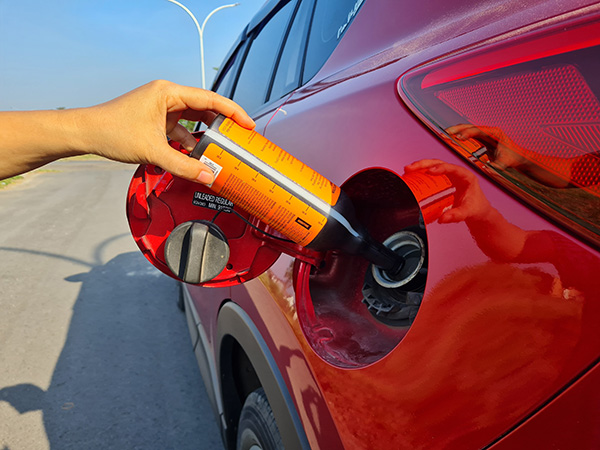
Are you a diesel vehicle owner looking to improve the performance and fuel efficiency of your ride while keeping your engine safe from wear and tear? You may have heard about diesel fuel additives, but you might not be sure what they are and if they're worth using. Don't worry, the Mancinelli's Auto Repair Center team is here to help! What Are Diesel Fuel Additives? Diesel fuel additives are specialized chemical formulations designed to enhance the properties of diesel fuel and improve engine performance. These additives are typically blended into diesel fuel in small concentrations to address specific issues such as lubrication, combustion efficiency, fuel stability, and emissions reduction. While diesel already contains some additives to meet regulatory requirements and ensure fuel quality, additional aftermarket additives offer supplementary benefits tailored to meet the needs of diesel vehicle owners. Benefits of Diesel Fuel Additives ... read more